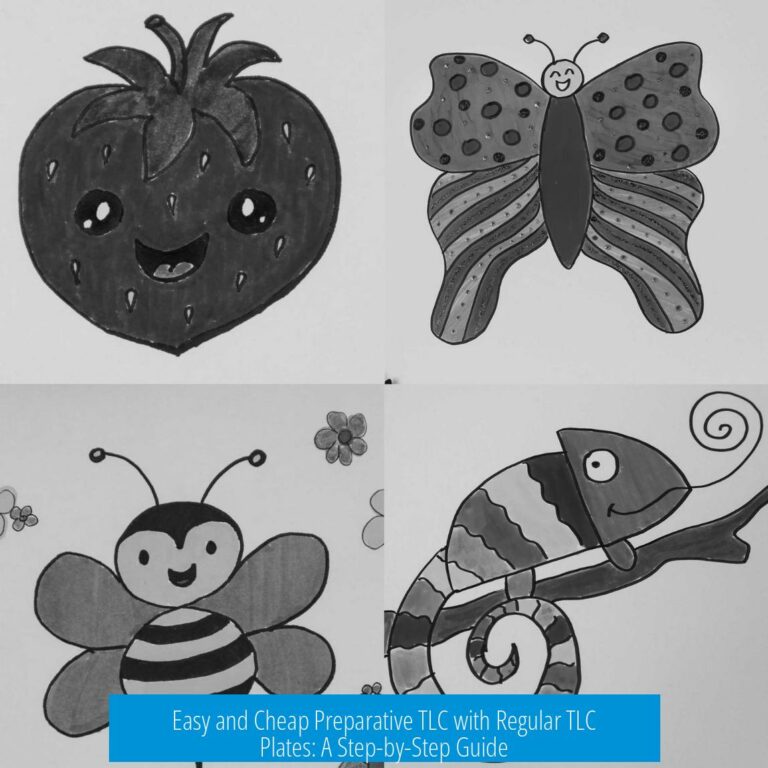Understanding psPAX2 and pMD2.G Plasmid Yield
The yield of psPAX2 plasmid is generally consistent and high when proper bacterial strains and conditions are used, while pMD2.G yield tends to be more challenging due to it being a low-copy vector requiring careful handling and larger culture volumes for sufficient recovery. Both plasmids are critical for lentiviral packaging, and optimizing their yield directly impacts experimental success.
Recommended Bacterial Strains for Transformation
- psPAX2: The ideal bacterial strain for transforming psPAX2 is DH5α. This strain provides optimal plasmid replication and stability.
- pMD2.G: pMD2.G requires more care due to its low copy number. The NEB Stable strain is recommended for its ability to maintain plasmid integrity and minimize recombination.
The choice of strain affects not only plasmid yield but also the quality and genetic fidelity of the plasmids.
Antibiotic and Media Strategies to Improve Yield
Using fresh, potent antibiotics is crucial. The plasmids carry an Ampicillin resistance gene, but maintaining antibiotic effectiveness is key:
- Fresh Ampicillin: Always incubate cultures with freshly prepared ampicillin. The antibiotic tends to degrade during overnight growth, reducing selection pressure and possibly leading to plasmid loss.
- Carbenicillin over Ampicillin: Switching to carbenicillin often improves results. Carbenicillin is more stable during incubation, ensuring consistent selective pressure.
- Media Type: Using 2xYT media has shown better results compared to Terrific Broth for these plasmids. This richer medium supports robust bacterial growth, translating to higher plasmid yields.
- Incubation Conditions: For pMD2.G especially, growing bacteria at 30°C instead of 37°C in stable strains improves plasmid retention and yield.
Challenges Due to pMD2.G Being a Low Copy Vector
Among the two, pMD2.G presents specific challenges due to its low plasmid copy number per cell. This trait limits the amount of plasmid DNA recovered from small culture volumes.
- Small culture volumes (e.g., 3 mL) often yield insufficient DNA for downstream applications.
- Increasing culture volume and scaling up preparation steps like resuspension, lysis, and neutralization improves plasmid recovery.
The low copy nature means careful optimization during growth and extraction steps is required for adequate amount.
Recommended Culture Volumes and Preparations for Higher Yield
To increase yield, scale-up of culture size and extraction procedures is essential:
- Start with at least a 15 mL bacterial culture for minipreps. For higher DNA quantities, midi (100-200 mL), maxi (500 mL), or even liter-scale cultures are suitable.
- When working with larger volumes, use multiple columns for plasmid purification. Process each column with the maximum recommended amount of bacterial pellet and combine eluates as needed.
- Spin down neutralized supernatants and pool them for consistent extraction across multiple columns.
For viral packaging preparation, volumes often reach 1 L or more to obtain sufficient pMD2.G plasmid amount.
Plasmid Extraction Kits and Reagent Considerations
The effectiveness of plasmid purification depends on both the kit and reagent quality, but more so on plasmid characteristics:
- Use fresh kits and verify that reagents have been stored properly to avoid degradation.
- Low plasmid copy number, as with pMD2.G, typically challenges yield more than kit efficiency.
- Standard miniprep kits like QIAGEN or Zyppy provide reliable results when protocols and inputs are respected.
User Experiences with Yield Expectations
Reports from labs highlight varied experiences with these plasmids:
- psPAX2: Users often report no significant difficulty in obtaining high yields. Typical extractions generate 200–800 ng/μL DNA concentrations from small cultures.
- pMD2.G: More variable in yield, requiring screening of colonies to avoid mutations and achieve acceptable plasmid amounts.
- Use of STBL3 E.coli strain usually gives good DNA quality and quantity for most lentiviral plasmids.
- NEB Stable strain is preferred for library preparations and pMD2.G amplification.
- Gently growing cultures at 30°C and extending incubation time can improve stability and yield of pMD2.G plasmid.
Expect to perform multiple maxi-preps when preparing pMD2.G for virus production to meet quantity needs.
Online Resources for Growth and Yield Optimization
Detailed bacterial growth guidelines and plasmid handling tips are available from Addgene. These should be consulted to tailor protocols.
These resources outline recommended growth media, incubation parameters, and transformation procedures.
Summary of Key Points
- psPAX2 plasmid: Best transformed into DH5α; yields reliably good DNA quantities.
- pMD2.G plasmid: Low copy number mandates use of NEB Stable strain and increased culture volumes for sufficient plasmid yield.
- Using fresh carbenicillin or ampicillin and 2xYT media enhances bacterial growth and plasmid stability.
- Incubate pMD2.G cultures at 30°C to reduce plasmid loss during growth.
- Scaling up cultures to midi or maxi preps and using multiple purification columns is effective for increasing plasmid yield.
- Verify kit and reagent integrity, but low copy nature of plasmids primarily limits yield.
- Screen colonies for pMD2.G to avoid mutations compromising plasmid quality.




Leave a Comment